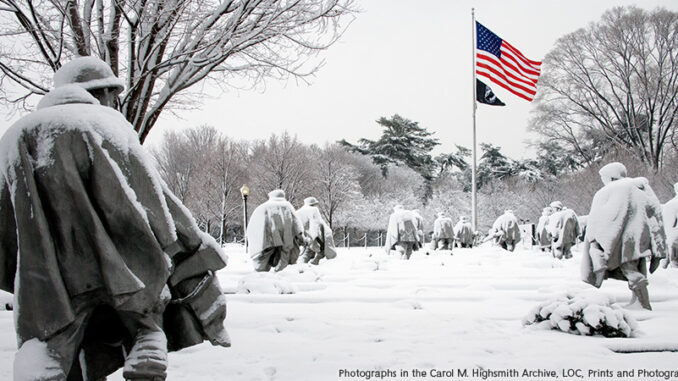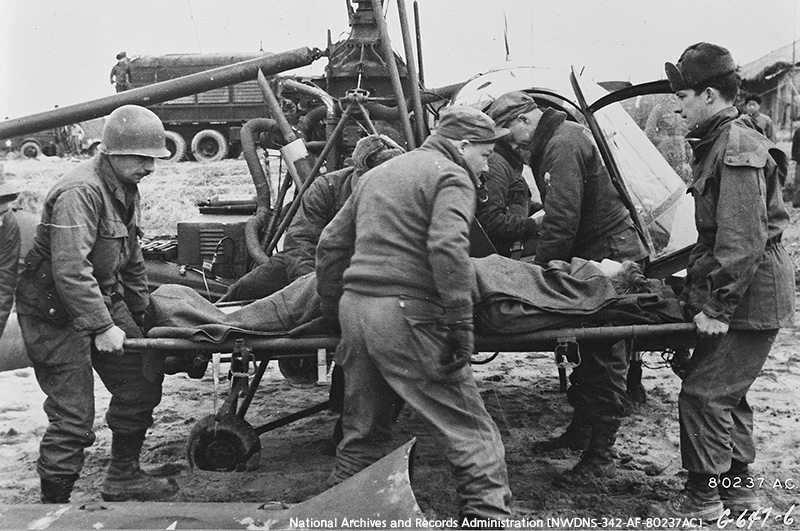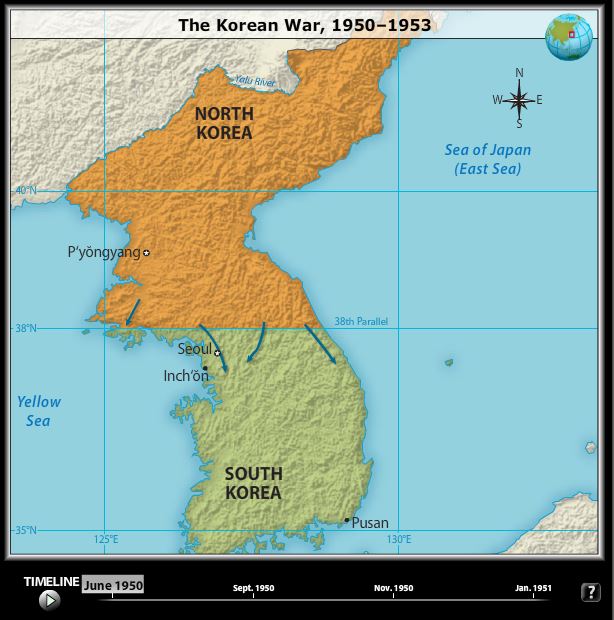
The Korean War, which took place between 1950 and 1953, is significantly less known compared to other wars that involved the United States, like World War II and the Vietnam War. It is sometimes called the “Forgotten War.” July 27 marks the 61st anniversary of National Korean War Veterans Armistice Day, so, let’s shed some light on the conflict and honor those who served.

The Conflict
After the end of World War II, Korea was divided in two, with Japan occupying the northern half, while the United States occupied the south. The area that divides the country became known as the Korean Demilitarized Zone (DMZ) along the 38th Parallel of latitude. In August of 1945, the Soviet Union declared war on Korea and took over the northern territory. Because the political ideologies of the ruling countries were vastly different (democracy on one hand and communism on the other), each side saw the other as a major threat to their way of life.

While fighting commenced with troops deployed to engage in combat, the event cannot “officially” be called a war because it was never declared by a Congresional Act of War (as outlined in the Constitution’s Article I, Section 8, clause11). Instead, it is officially categorized as a “United Nations Conflict,” because it was the result of a United Nations Security Council Resolution that called for military assistance to South Korea. President Truman called it a “police action.” When President Eisenhower took office in 1953, he began to hint publicly that he was willing to make use of our country’s nuclear arsenal as a way to break what had become a military stalemate. In the end, the United States and North Korea signed a cease-fire. ended the conflict. More than 50,000 American soldiers lost their lives defending the South Korean people.
The Memorial
The National Mall in Washington D.C. is home to a number of our country’s most important monuments and memorials. The Korean War Veteran’s Memorial is among them. Congress approved the memorial in 1986, with groundbreaking taking place on Flag Day in 1992, and dedication on the 42nd anniversary of the Armistice in 1995. The memorial is made up of 19 seven-foot tall statues of soldiers in full combat gear, including over-sized rain ponchos. Surrounding the statues on two sides are black granite walls sandblasted with more than 2,500 archival images of the fighting.
On July 27, communities all over the country will honor those who served in special ceremonies and events. In a proclamation last year commemorating 60 years, President Obama said the anniversary of the end of the conflict also commemorated, “the beginning of a long and prosperous peace” with South Korea.
